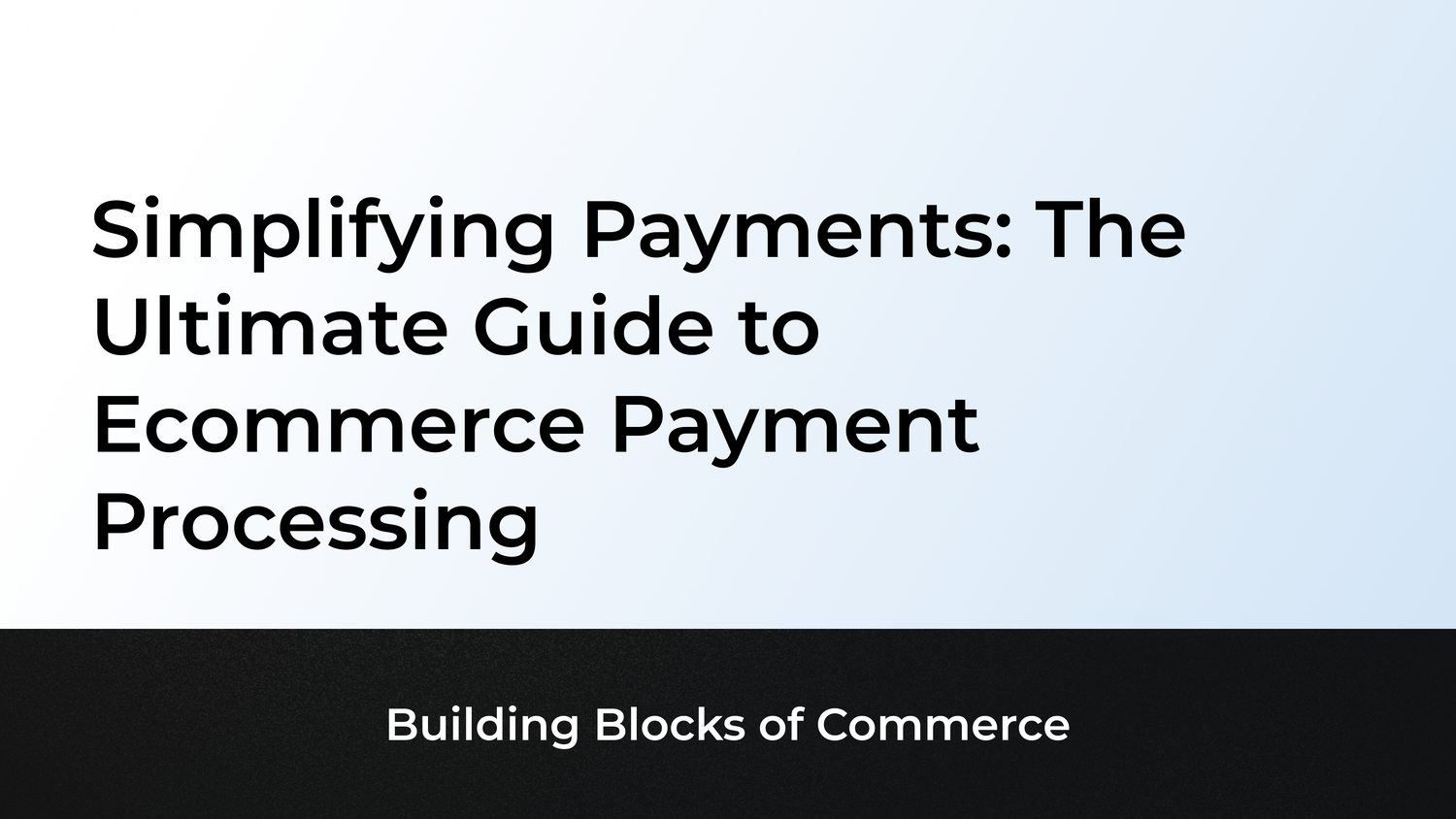If you're navigating the intricate world of ecommerce and aiming to optimize your customers' journey, mastering the art of user authentication is paramount. The choice between email and mobile number logins acts as a pivotal gateway, determining not just access but the entire digital shopping experience.
In this exploration, we'll unravel the secrets behind email and mobile logins — the keystones of online authentication. Join us as we delve into the depths of convenience, security, and user engagement, deciphering which login method reigns supreme in the ever-evolving realm of ecommerce. Welcome to the gateway of digital intrigue and seamless shopping.
1. Email Logins: An Age-Old Pillar
Email logins have been a cornerstone of online authentication for decades. Leveraging users' email addresses as unique identifiers, this method provides a familiar and widely accepted means of access to ecommerce platforms.

Advantages:
-
Ubiquity and Familiarity: Nearly everyone possesses an email address, making email logins accessible to a vast user base.
-
Password Recovery: Email logins facilitate straightforward password recovery mechanisms, enhancing user convenience.
-
Marketing Opportunities: Gathering email addresses allows ecommerce businesses to build mailing lists for targeted marketing campaigns.
-
New Customer Accounts on Shopify: Introducing a seamless email login experience, Shopify offers a feature known as "New Customer Accounts." This login method utilizes both email and email OTP (One-Time Password) to enhance security and streamline the login process. This not only aligns with the familiarity of email logins but also introduces an additional layer of security through OTP verification. Learn more about it here.
Disadvantages:
-
Security Concerns: Email accounts are susceptible to hacking, spam, and phishing potentially compromising the security of the ecommerce account.
-
Password Fatigue: Users may struggle with remembering multiple passwords, leading to potential login issues.
- Lengthy Process: Email logins involve multiple steps, which can be time-consuming for users with a low tolerance for friction.
2. Mobile Number Logins: The Rise of Convenience
With the proliferation of smartphones, mobile number logins have emerged as a convenient and secure alternative to traditional email logins. Users can access their accounts with a one-time password (OTP) sent to their registered mobile numbers.

Advantages:
-
Simplicity: Mobile logins reduce the login process to a single step, enhancing user convenience.
-
Security: One-time codes add an extra layer of security, reducing the risk of unauthorized access.
-
Phone Number Verification: Mobile logins often include phone number verification, adding an extra layer of authenticity.
-
Reduced Password Hassles: Users can bypass the need to remember complex passwords, enhancing the overall user experience.
Disadvantages:
-
Limited Accessibility: Some users may not have a mobile number or may be uncomfortable providing it, limiting the audience for this method.
-
Dependency on Network: Mobile logins rely on network connectivity, and users in areas with poor reception may need help.
-
Changing Numbers: Users changing their mobile numbers may face difficulty accessing their accounts.
How to Implement Mobile Logins: Shopify Apps and Beyond
Shopify, a leading ecommerce platform, recognizes the importance of seamless logins for online stores. Several apps are available to integrate mobile logins into your Shopify store. Apps like "SMSBump" enable easy implementation of mobile number logins, providing a hassle-free experience for merchants and customers. These apps often come with customization options, allowing businesses to tailor the login process to match their brand aesthetics.

Effectiveness of Logins: A Metrics Overview
In the ecommerce arena, gauging the effectiveness of email and mobile logins involves scrutinizing key metrics such as conversion rates, user engagement, and security considerations.
Conversion Rates:
Email Logins:
Maintaining relevance with a broad user base, email logins offer a familiarity that often leads to completed transactions. Users appreciate the simplicity associated with entering an email address.
Mobile Logins:
Boasting higher conversion rates, mobile logins align seamlessly with the mobile-first mindset. The one-time password (OTP) authentication provides a swift and user-friendly experience, encouraging users to finalize transactions.
User Engagement:
Email Logins:
While facing challenges in engaging users accustomed to faster authentication, email logins remain reliable for those valuing familiarity and simplicity.
Mobile Logins:
Embracing the mobile-first mindset, mobile logins enhance user engagement by leveraging the convenience of receiving an OTP on users' mobile devices.
Security Metrics:
Email Logins:
With robust security measures, email logins can offer a secure authentication process. However, they may lack the additional security layer provided by two-factor authentication.
Mobile Logins:
Shining in security, mobile logins implement two-factor authentication through OTPs, appealing to security-conscious users and elevating the overall security of the login process.
The Verdict: Which One Reigns Supreme?
Determining the more effective login method depends on the specific needs and target audience of an ecommerce business. Email logins may be the preferred choice for a global audience where email usage is widespread. On the other hand, if simplicity and enhanced security are top priorities, especially for businesses targeting a tech-savvy audience, mobile logins could be the way to go.
Conclusion: Navigating the Ecommerce Login Landscape
In the dynamic world of ecommerce, the login process plays a pivotal role in shaping user experience and security. While email logins remain a standard, mobile logins have emerged as a contemporary and efficient alternative. The choice between the two depends on the nature of the business, the target audience, and the emphasis on simplicity versus widespread accessibility.
As technology continues to advance, ecommerce businesses need to stay abreast of evolving trends and adopt login methods that align with the expectations and preferences of their user base. Whether it's through the familiar avenue of email or the streamlined approach of mobile logins, providing a secure and user-friendly login experience is key to building and retaining a satisfied customer base in the competitive world of online commerce.




